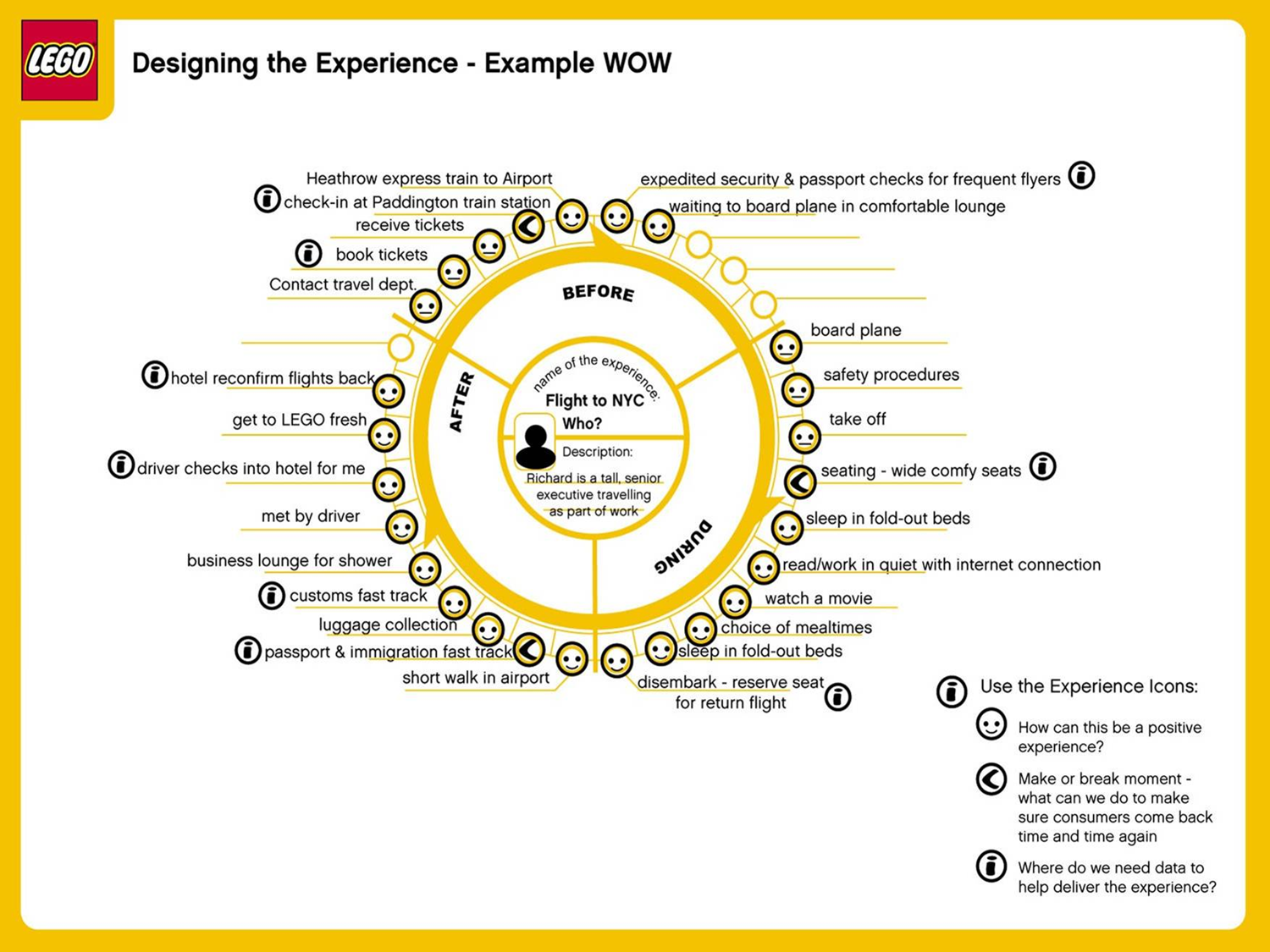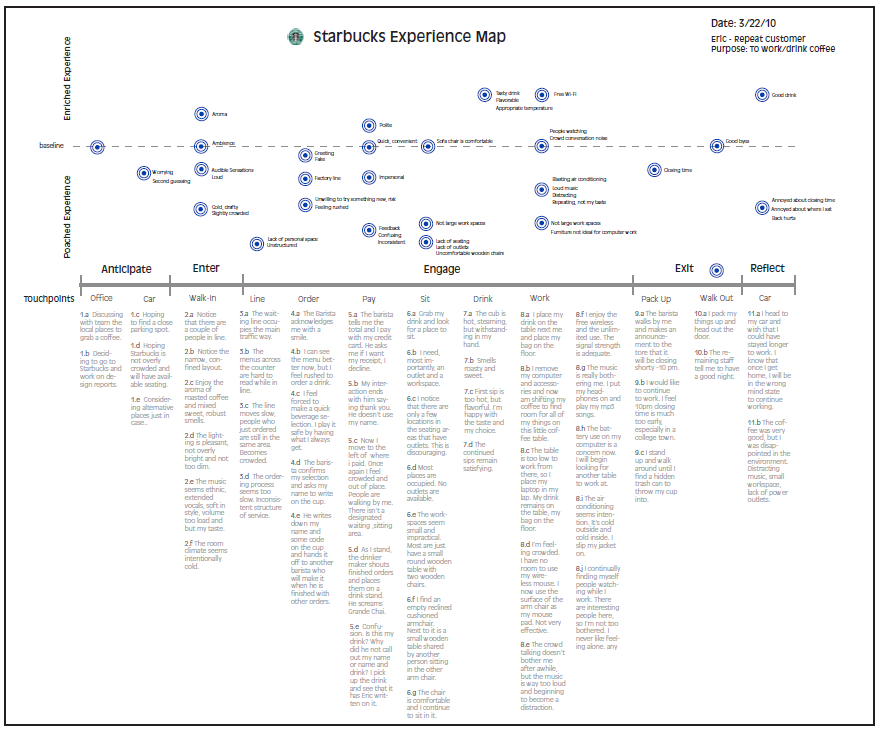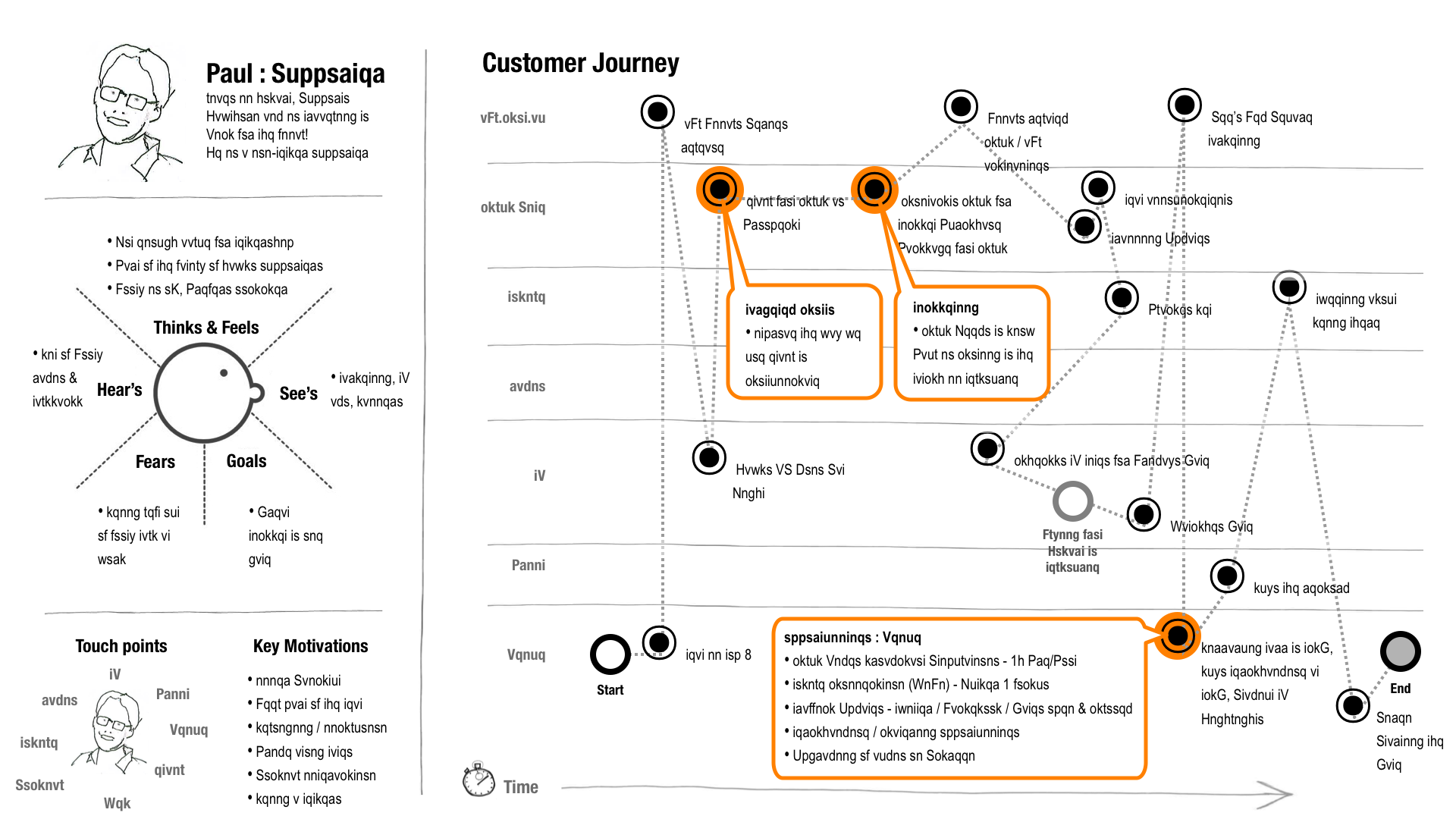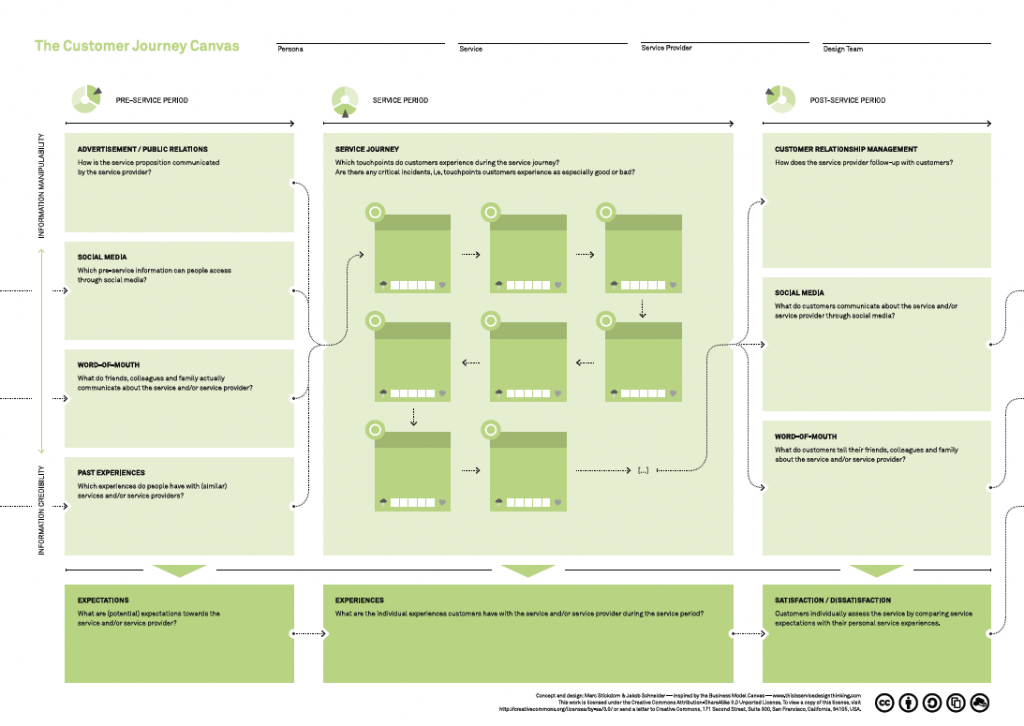In a prior post, I discussed how most Lean practitioners focus primarily on the mechanical aspects of a process and often ignore the emotions of the customer. In other words, one can improve the process, but with complete disregard for the customer’s feelings as they go through the process. To be fair, they can be mutually exclusive. Therein lies the opportunity.
In this post, I’ll explain (1) What is a Customer Journey Map, (2) it’s role in continuous improvement, (3) show several examples of customer journey maps, and (4) provide a free customer journey map template that you can download.
What I’m arguing for is the opportunity to add the customer’s emotions in our approach to process improvement. To be clear, the processes and context for which I’m describing is relevant are processes that touch the customer – healthcare delivery, retail, customer service, and likely non-manufacturing processes.
Lean Uses Maps – Many of Them
So, in Lean, there are many maps. We use a Value Stream Map, a Process Map, a Spaghetti Diagram, a Consumption Map. What all of these have in common is that they highlight the process, time, inventory levels, and the actors. And, one key variable they all fail to take into account is the customer’s emotions as the customer walk through the process.
So, what ought we do about it?
Customer Journey Map
Well, a map – of any type – is really just a visualization of several variables. Can’t emotion be another variable? Sure, but it’s much more.
Let’s define a Customer Journey Map:
A Customer Journey Map is a document that visually illustrate customers’ processes, needs, and perceptions throughout their relationships with a company, or service(s).
It is primarily an outside-in approach, taking the journey from the perspective of a customer. This approach is important for a few reasons:
- A “normal” map is navel gazing and self-centered, often focusing only on process and other mechanical variables.
- Often, customer’s needs are not represented. And, their emotions are often unarticulated in most map models.
How to Create a Customer Journey Map
Here are a few steps that I’ve taken to effectively create an actionable Customer Journey Map.
- Identify all the customer touchpoints, actors, and silos. Often, this exercise is called “Touchpoint Inventory”.
- Synthesize current thinking from all stakeholders involved in the Customer Journey.
- Map the process – but not like a normal map used in continuous improvement. This time, map the process from their perspective. This is an important distinction. Here’s an example of a process step that I’m describing:
- “Press button” versus “I need to press a button. But which button – the red or green?”
- Notice the difference? In this type of map, we’re actually highlighting the internal dialogue of the customer, and not just the process steps. This approach is much richer, but also more complicated.
- Needs, Perceptions, Key Moments of Truth, and Wants must be known by this point in the process.
- Create the Customer Journey Map.
- Have stakeholders review it and validate or invalidate your initial hypothesis.
Actionable Items from a Customer Journey Map
Since a map is a model of an experience, the end goal of a map is two-fold:
- Gain empathy and clarity on exactly what our customers go through when they interact with our service.
- Identify key areas where we can improve their experience.
Improving the experience is often almost dictated by their emotions. So, the key is to identify the times when the customer is feeling anxiety, unhappy, frustrated – those are signals where an improvement must be made in order to improve the customer experience.
Customer Journey Map Examples
Below are several examples of Customer Journey Maps. Attribution is on the image itself.
Legowheel Experience Map
Starbucks Experience Map
Customer Journey Airport Experience
Customer Journey Map, Service Operation
Zynga, Social Gaming Customer Experience
Customer Journey Example, with Emotion
Customer Blueprint, Example
Customer Journey Map Template
Below you can download a Customer Journey Map Template. Give it a shot. See how this tool works for you.
Visualizing the Customer Experience: Customer Journey Map and Continuous Improvement is a post from: Lean Six Sigma Consulting







